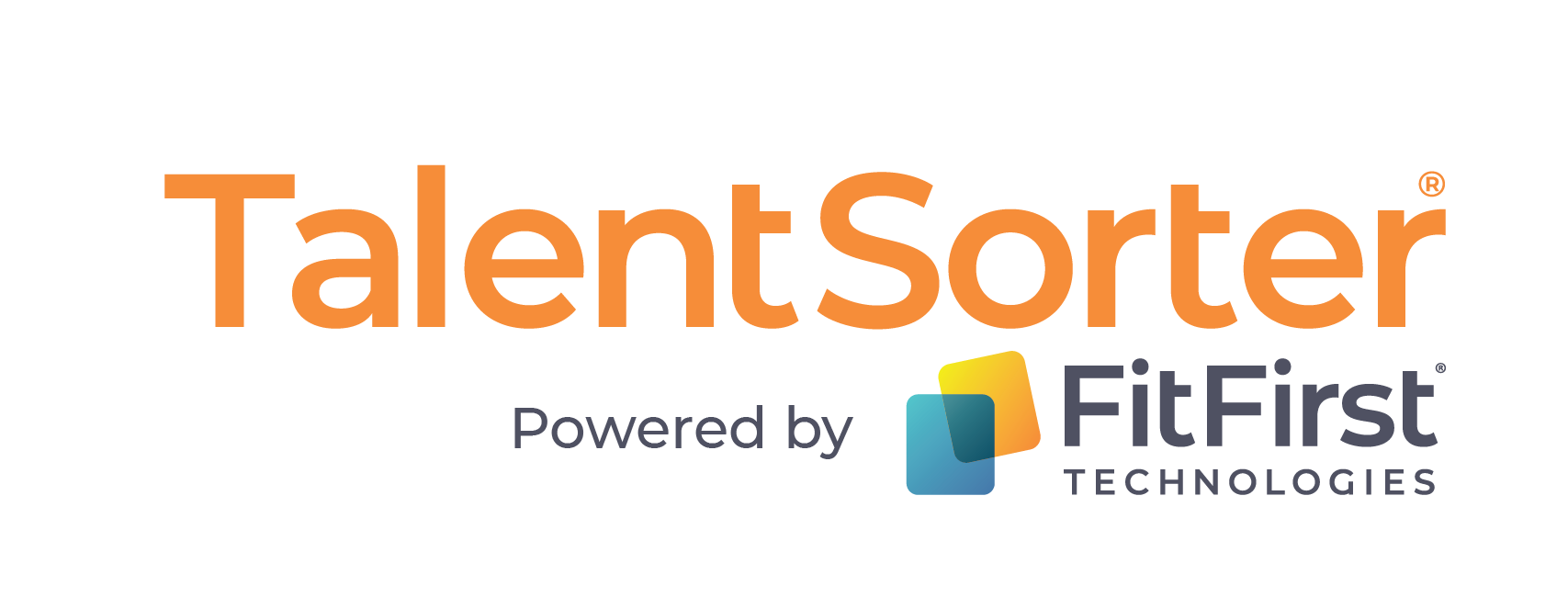The Human Resources department lies at the heart of any organization.
And if it doesn’t, it should. Today’s HR pros are responsible for a multitude of key functions beyond hiring and firing: strategic planning; payroll, pension and benefits administration; employee communications; training and development; and so much more.
HR should be the hub of the business, the oil that keeps the machine running smoothly.
All too often, however, the recruiting process causes a backlog which can slow the entire system down.
When a disproportionate amount of time, energy and money is spent on hiring, that means fewer resources are available for more strategic HR functions.
A 2016 survey by The Society for Human Resources Management (SHRM) reports the average time to fill an open position is 42 days, at an average cost of $4,129 per hire.
RecruiterBox breaks the hiring period down even further, allowing us to see where the majority of time is spent:
- Posting on job boards (1.5 hours)
- Reviewing applications (23.5 hours)
- Pre-screening candidates and preparing for interviews (5.5 hours)
- Interviews, testing, reference checks and other follow up (7.5)
With more than 30 hours spent before a candidate is even interviewed, it’s clear where the logjam begins.
There has to be a better way to hire – and there is.
Intelligent recruitment process software to the rescue
Businesses looking to improve their hiring speed and efficiency may want to invest in adding some intelligent predictive analytics to their existing recruitment software programs.
Today’s programs are affordable, scalable and easy to implement, not only streamlining the recruiting process for employers, but also creating a more functional and engaging experience for applicants.
Think of recruiting software programs as a high-tech dating service for job seekers and hiring managers. Almost like ‘eHarmony for Jobs’.
They match an applicant’s skills, job experience and credentials with open positions that best match their qualifications.
The top programs automate the most time-consuming tasks and offer an online “one-stop shopping” platform from which to post current job openings, screen applicants and track selected candidates.
Not only do they improve the efficiency of your hiring, but they can boost its effectiveness as well.
The system identifies applicants who best meet pre-established qualification criteria, shifting the focus rightfully to the quality, not quantity of candidates, and removing any personal bias which may be inherent in the traditional initial screening process.
5 great reasons to invest in recruitment process software
- Reduce the time to hire
- Lower the cost per hire
- Lighten the administrative workload
- Increase the quality, not quantity of applicants
- Hire the right people, the first time, for long-term success
Our top 3 recruitment process software picks

TalentLyft is a recruitment management and applicant tracking platform that is divided into four:- TalentLyft Source which is the tracking and selection component, TalentLyft Engage which allows you to maintain communications with clients, TalentLyft Convert helps you turn your career site visitors into job applicants and TalentLyft Track that streamlines the entire process.
BambooHR is a human resources (HR) software service for small and midsize businesses. It offers small and growing companies a human resource information system (HRIS) that includes an applicant tracking system (ATS) and HRIS tools to manage all aspects of the employee lifecycle.
It has process automation tools that are accessible in several languages and multiple currencies.
![]()
We’re biased, but we think TalentSorter has a lot to offer by not only reducing the workload of hiring, but by taking the guesswork out of the hiring process.
Instead of focusing on a specific skill set or number of years of work experience, TalentSorter uses a combination of behavioural science, artificial intelligence and a unique algorithm to assign a FitScore to each candidate: fit with job, fit with manager, fit with people, fit with company.
The higher the score the better the likely fit with the organization, and the higher the chances of success in the position. The program goes a step beyond simply screening applicants, by developing an ideal candidate profile for each position description and creating customized interview guides for each potential hire, to ensure HR managers ask the questions most critical to making the right hiring decision.
